Description
What is a GSM 3G 4G LTE Antenna Flex PCB Antenna?
The GSM 3G 4G LTE Antenna Flex PCB Antenna Item Model CTRF-ANTENNA-FPC-7027-5224-IPEX is an internal flexible PCB antenna with GSM 3G 4G LTE full-band frequency FPC antenna manufactured by C&T RF Antennas Inc.
C&T RF Antennas Inc. provides the Flex PCB antenna LTE GPRS WCDMA GSM Antenna with a 52x24mm 3G 4G 3/5dBi 700-2700MHz U.FL Female Connector with RF1.13 100mm Cable antenna.
GSM 3G 4G LTE Antenna Flex PCB Antenna Is Available At C&T RF Antennas Inc.
C&T RF Antennas Inc provides internal & external antennas with antenna radio frequencies such as NFC, 169MHz, 230MHz, 315MHz, 433MHz, 868MHz, 915MHz, VHF&UHF, Lora, NB-IoT, ADS-B, GSM, GNSS, GPRS, 1.2 GHz, 1.4 GHz, 1.8 GHz, Wi-Fi 2.4 GHz, 5.8 GHz, Cellular 2G, 3G, 3.5 GHz, 4G LTE, GPS, 5G NR, 6G, etc.
C&T RF Antennas Inc. provides RF antennae with Omni & Directional antenna types such as Dipole Antennas, Whip Antennas, Marine Antennas, Router Antennas, MIMO Antennas, Combo Antennas, PCB Antennas, FPC Antennas, Spring Antennas, Magnetic Antennas, Sector Antennas, Yagi Antennas, and Accessories, etc, for IoT & M2M industries.
Contact Us For the GSM 3G 4G LTE Antenna Flex PCB Antenna Inventory, GSM 3G 4G LTE Antenna Flex PCB Antenna Pricing, GSM 3G 4G LTE Antenna Flex PCB Antenna Datasheets.
GSM 3G 4G LTE Antenna Description:
[Size]: Cable Length: 100mm / 3.9 inch; Antenna Size: 52 x24mm / 2 x0.94 inch (L*W); Cable Type: RF1.13
[Compatibility]: This built-in antenna is compatible with 3G 4G, GPRS, WCDMA, and LTE modules.
[Connector Type]: 3/5dBi high gain 4G network reception long-range antenna comes with a U.FL/Ipex female connector.
[Strong Adhesive]: Easy to install. Adheres to any flat smooth surface, such as glass, or metal.
[Broad Coverage]: This 700-2700MHz FPC antenna provides higher speed and higher fidelity data transfer.
GSM 3G 4G LTE Antenna Flex PCB Antenna Specifications:
GSM 3G 4G LTE Antenna Flex PCB Antenna Electrical Specifications |
|
| RF Antenna Type | Embedded FPC Antenna |
| Model | CTRF-ANTENNA-FPC-7027-5224-IPEX |
| Frequency | 700-960MHz, 1710-2700MHz |
| Gain | 3dBi/5dBi |
| VSWR | ≤2.0 |
| Impedance | 50 Ω |
| Polarization | Vertical/Lineaer |
| Cable Type | RG1.13 |
| Connector | U.FL/IPEX |
| Cable Length | 100mm |
| Lightning Protection | DC-Ground |
GSM 3G 4G LTE Antenna Flex PCB Antenna Mechanical Specifications |
|
| FPC Board Dimension | 52x24mm |
| Weight | Approx. 4g |
| Material | FPCB + RG Cable + U.FL connector |
| Operation Temperature | -40˚C~+65˚C |
| Storage Temperature | -40˚C~+70˚C |
| Color | Black |
| Antenna Design | Dipole Array |
| Mounting | Connector/Peel-and-Stick |
| Safety Emission and other | RoHS Compliant |
| Applications | ISM/SCADA/Utilities, IoT/M2M/NB-IoT/LoRa, 2G 3G 4G LTE/LTE-IoT, GSM GPRS UMTS, etc. |
GSM 3G 4G LTE Antenna Flex PCB Antenna Features
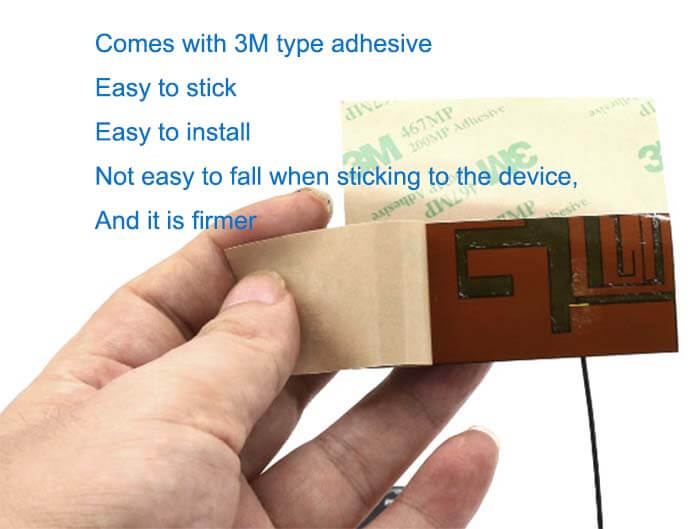
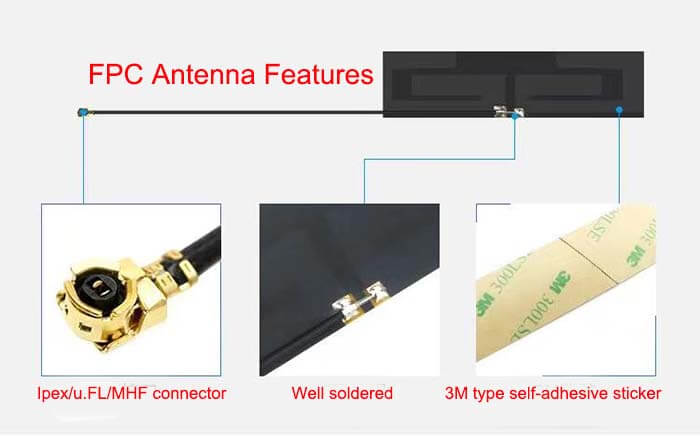

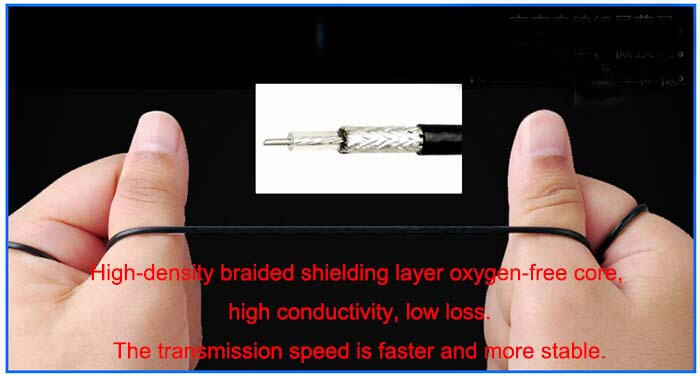

GSM 3G Antenna Applications
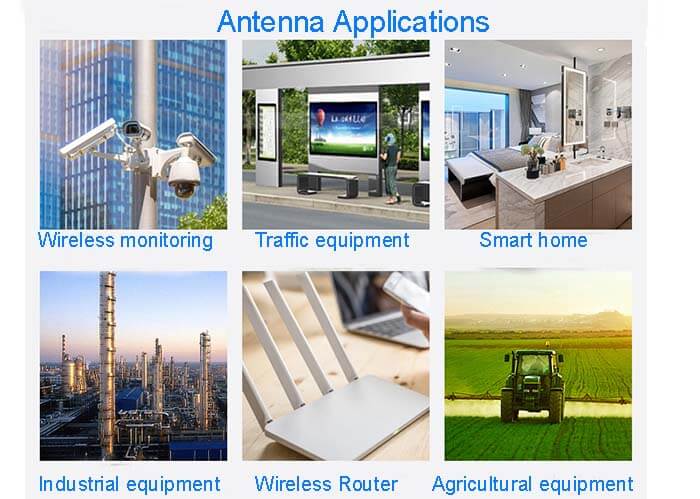
LTE is the standard for 4G wireless broadband technology, providing mobile device users with higher network capacity and speed.
LTE provides a higher peak data transmission rate, with a downlink rate of up to 100Mbps and an uplink rate of up to 30Mbps. It also provides reduced latency, scalable bandwidth capacity, and backward compatibility with existing GSM and UMTS technologies. Future development can produce a peak throughput of approximately 300Mbps.
What is LTE?
The most notable difference between LTE and its predecessor is the change in frequency and bandwidth usage. There are many 4G LTE frequency bands, and their use will vary depending on your country or even your specific operator’s technology.
These frequencies are divided into frequency division duplex (FDD) and time division duplex (TDD).
FDD spectrum requires paired frequency bands, one for the uplink and one for the downlink. TDD uses a single frequency band on the same frequency for uplink and downlink, but these are time-separated.
There are 31 pairs of LTE frequency bands operating between 452 MHz and 3,600 MHz, and another 12 TDD frequency bands operating between 703 MHz and 3,800 MHz.
A higher frequency allows faster transmission in the established area, while a lower frequency provides additional coverage distance but more limited bandwidth. These bands usually provide 10 to 20 MHz of bandwidth for data transmission, although they are usually divided into smaller 1.4, 3, and 5 MHz blocks.


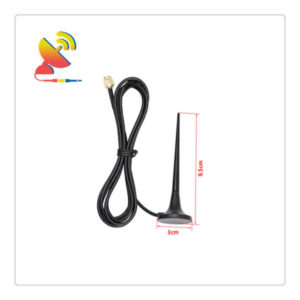
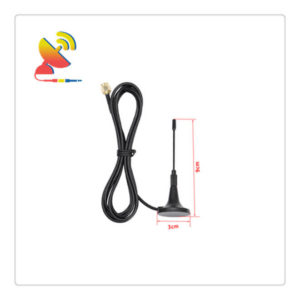
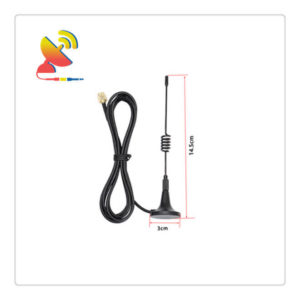
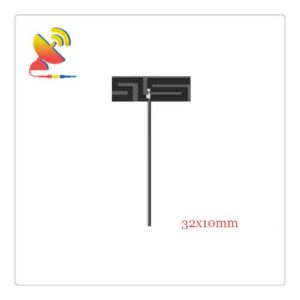
Reviews
There are no reviews yet.